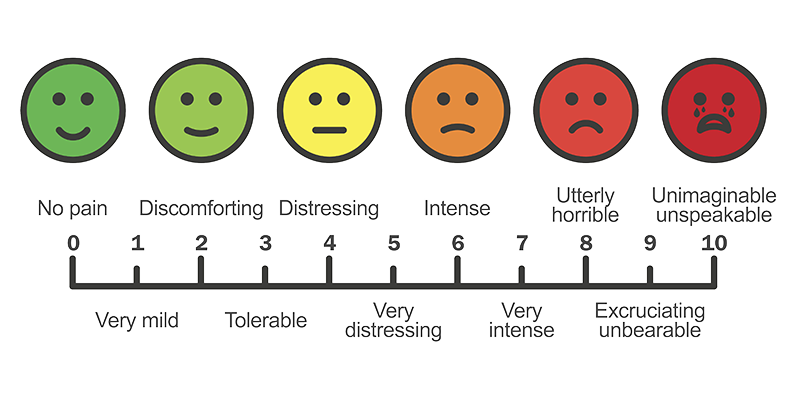Expected Pain
You have the right to expect appropriate pain control. The GOAL for your pain management is to make your pain TOLERABLE, it is NOT to take away all of the pain.
- A tolerable pain level is anywhere on the pain scale of 1-4, YOU decide.
- An “ache” or “soreness” is a tolerable pain level.
- You should be able to get up and move around but DO NOT take pain medication to do more than what your physician wants you to do.
- You need to be able to rest and heal.
- You also need to be able to cough and take deep breaths.
If you need help with managing pain, talk to your nurse or doctor. Using a Pain Scale to describe your pain will help our staff determine the severity of your pain and help them make the best decisions to help manage it.





